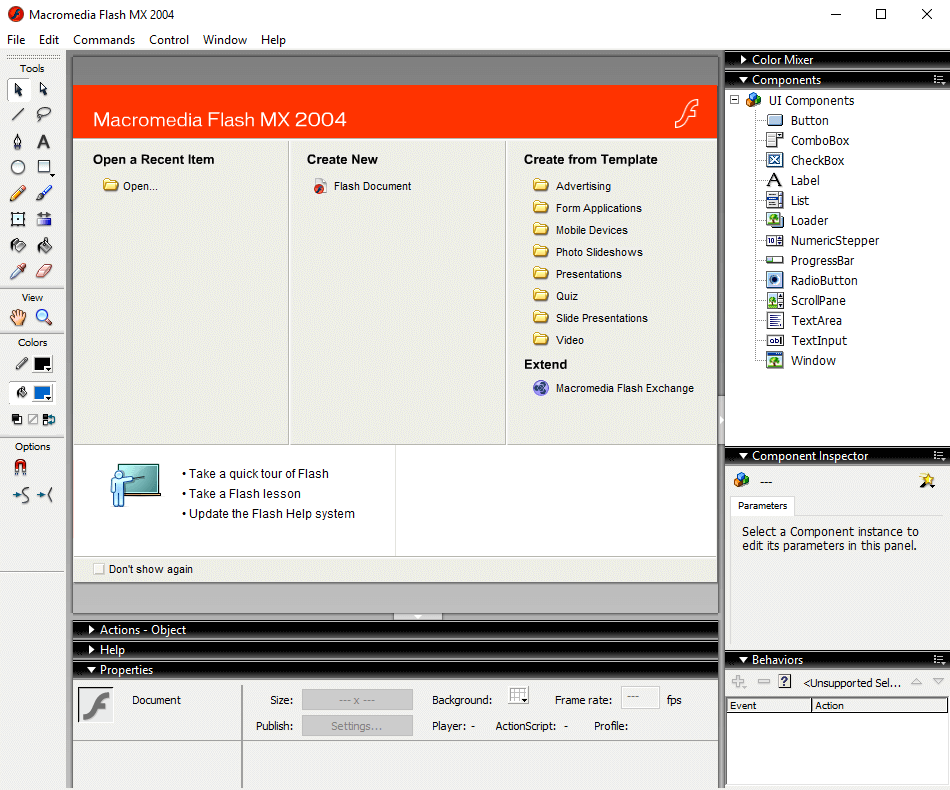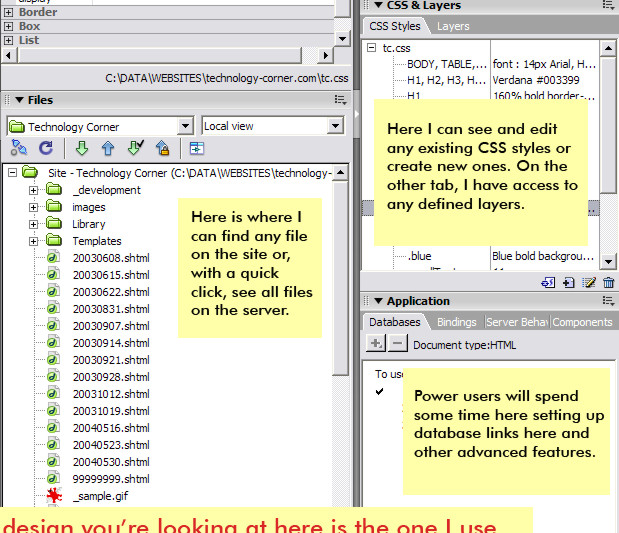
Disappointingly, though, Mediator still doesn’t support a dual-monitor setup – it would be incredibly useful to work on one screen while viewing the results on the other. The new interface is slicker and more efficient, bringing Mediator’s look and feel bang up to date, complete with dockable, customisable toolbars and a scrollable workspace. The most obvious change in version 8 is an overdue facelift. All of a sudden, you’re able to create simple dynamic applications in Mediator. For example, it’s possible to use the Common Controls ActiveX to display Open/Save and Color Dialogs among many others. Although ActiveX is a relatively old technology now, its longevity means there are thousands of pre-created controls on the market.
#Youtube macromedia mx 2004 code code
For example, it’s possible to create a Flash SWF player in Mediator, controlling navigation by using code attached to buttons.ĪctiveX controls may be dropped onto the page and controlled using script. Using VBScript or JavaScript, developers can add features or control Mediator objects in code. Since version 6, Mediator EXP has shared two features in common with Director aimed at bridging this gap: scripting and ActiveX controls.

The traditional downside of drag-and-drop authoring tools is that developers are limited to the built-in feature set.

Mediator projects can be distributed on the web in HTML or Flash form, but Mediator’s natural territory is in creating CD-ROM and DVD-ROM content.

A Mediator Event might be a right mouse-button click or a page turn, whereas Actions range from a simple Show (which makes an object visible) to the Timeline action (which allows a sequence of Actions to be arranged by time). That’s about as far as the similarity goes however, since Mediator allows all objects to respond to Events by taking Actions. Mediator is a drag-and-drop authoring tool in which objects can be dropped onto a page in a similar way to creating a PowerPoint slide.


 0 kommentar(er)
0 kommentar(er)
